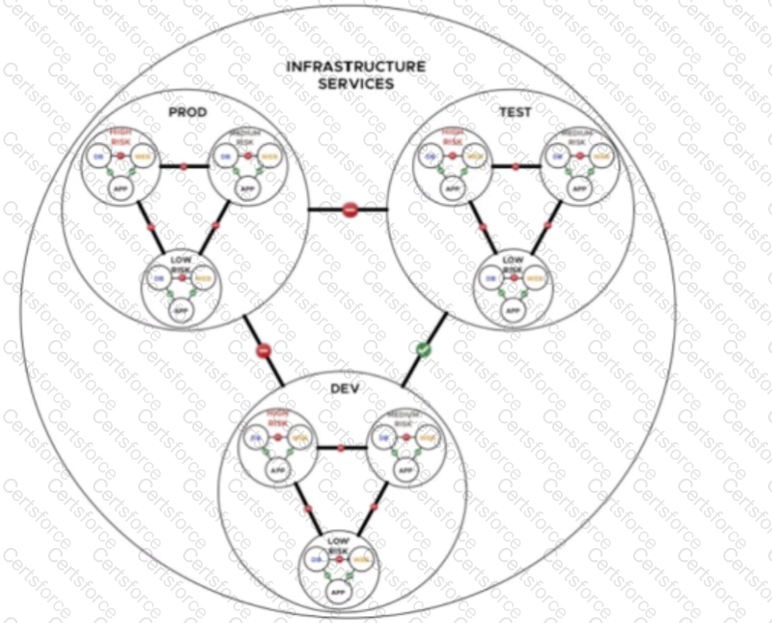Which three of the following are components of switch fabric design?(Choose three.)
A customer has an application running on multiple VMs and requires a high-performance network with low latency.
Which NSX feature can provide the desired performance boost for this use case?
A large multinational company is expanding its data center due to increased demand for online services.
The company is considering shifting from an NSX Edge VM design to a bare-metal NSX Edge design to accommodate new hardware acquisitions and maximize performance.
Which is a potential benefit for the company in shifting from an NSX Edge VM design to a bare-metal NSX Edge design?
A Solutions Architect has been tasked with designing an NSX architecture that meets these customer requirements:
Need fornetwork segmentation and security
Need forload balancing for high availability and performance
Integration withexisting and future VMware and non-VMware workloads
Solution should allow forfuture scalability
The architect has decided to leverage the NSX Tier-0 and Tier-1 Gateways for the architecture design to manage North-South and East-West traffic.
How should the architect design the gateway deployment to ensure high availability, effective traffic management, and scalability?
Which of the following should be taken into account when designing the uplink profile and transport node profile?
What is a design justification for a solution with 3 NSX Manager nodes deployed in a 4 ESXi cluster Management Cluster?
Which of the following would be an example of an assumption that a solutions architect needs to consider in the design of an NSX solution?
What are the design considerations for segment and transport zone design?
Refer to the exhibit.

A financial company is adopting micro-services with the intent of simplifying network security. An NSX architect is proposing a NSX segmentation logical design. The architect
has created a diagram to share with the customer.
Which design choice provides less management overhead?
A Solutions Architect has been tasked with designing a comprehensive security policy methodology for a large financial institution. The institution has multiple departments and requires strict segregation of network traffic to ensure data confidentiality and regulatory compliance. The security policy should provide granular control over network traffic and enforce consistent security measures across the entire infrastructure.
Which feature of the NSX security policy should the architect recommend to achieve regulatory compliance for the financial institution?